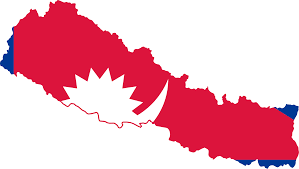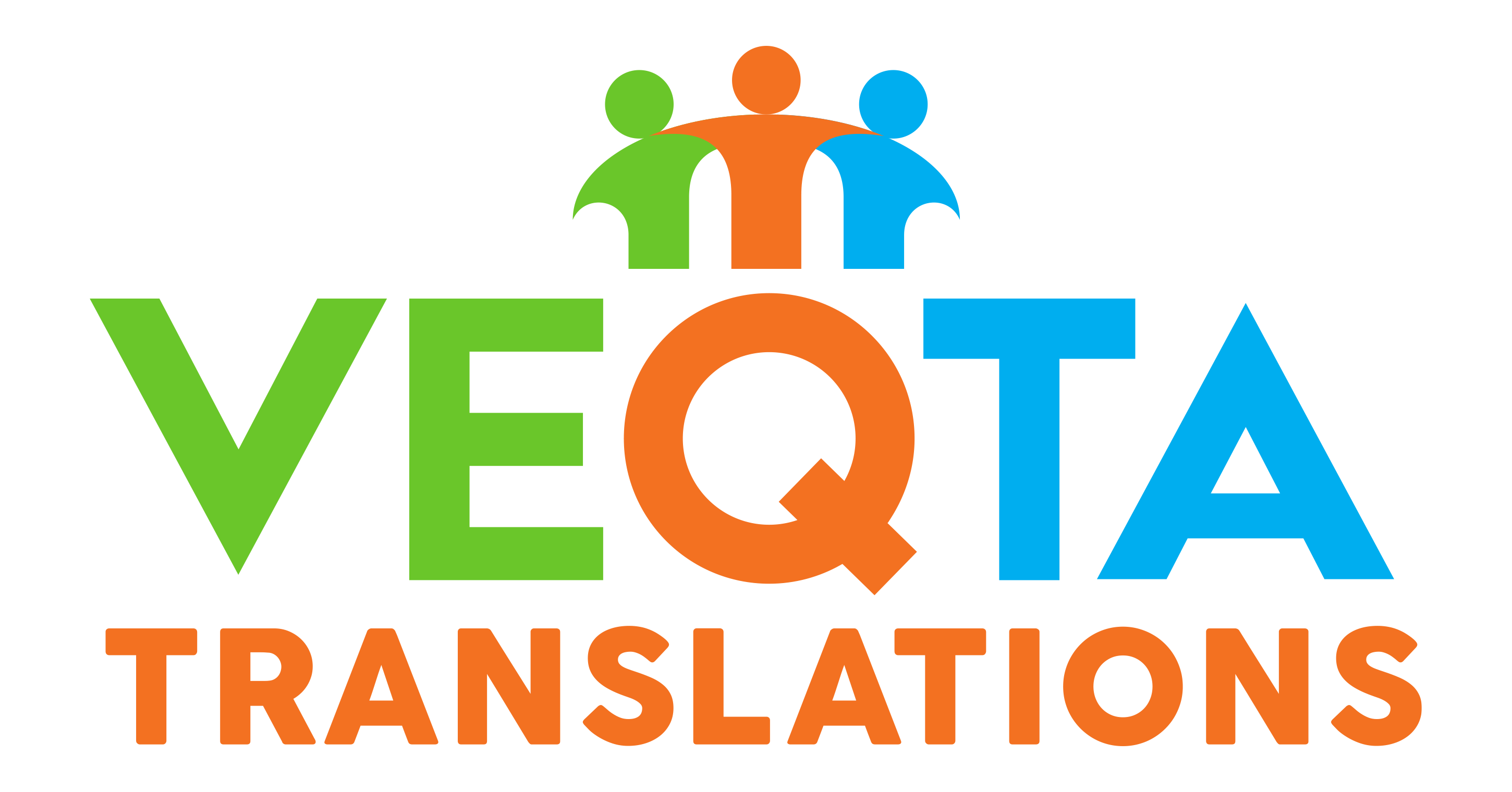Our native Nepali translators will be assigned on the project according to their experience with similar content. We only use experienced native translators who have been thoroughly vetted by language testing proficiency tests.

TRANSLATE TO NEPALI TODAY!
English to Nepali Translation Services
At VEQTA Translations, we specialize in providing English to Nepali translation services, crafted by our team of certified Nepali translators who bring years of experience to each project. We translate with precision, ensuring that the true essence and meaning of the original content are faithfully conveyed—not just the literal words. Our Nepali translators possess native fluency and are experts in various fields, including Marketing, Human Resources, Finance, Manufacturing, Retail, IT, Legal, Tourism, and Travel. Based in Malaysia and Singapore, we also offer specialized services for translating Nepali to Malay.
Key Services:
• English to Nepali Translation
• Nepali for English Translation
• Nepali Translators available for Nepal and India
• Malaysia to Nepali Translation
Nepali, an Indo-Aryan language written in the Devanagari script, is the official language of Nepal. A common challenge in Nepali localization is the translation of technical and legal documents, where the absence of standardized terminology needs to be managed properly. VEQTA’s Nepali translators are proficient in delivering precise translations that respect both linguistic and cultural contexts.
As a leading language service provider in Malaysia, VEQTA Translations is committed to offering extensive localization and translation services across a broad spectrum of commercial languages. Our Nepali translation team consists of subject matter experts equipped to handle complex translations in major industries. We adhere strictly to the best localization practices, including the utilization of style guides, glossaries, CAT tools, and thorough quality assurance processes. Clients across Selangor, Johor, Sabah, Penang, Singapore and worldwide, trust us for reliable and top-quality Nepali translation of diverse documents and content.
Once the translation has passed certain quality criteria, it’s passed to the Editor. The Nepali Editor is a senior translator who will go through and polish the text, e.g correcting syntax, grammar and flow.
As a final quality assurance step, we will go through the Nepali documents again to give it an overall quality check, check on typos, any missing content and correct any inconsistencies in the translation.
English to Nepali Language Expertise for Nepal and India
Nepali language translation requires Subject Matter Expertise for a perfect result.
We provide Nepali terminology experts who has worked in a related field of the source material in Nepali.
Voice over in Nepali language and an array accents and other languages for cold or hot recording for broadcasting, e-learning modules or voice or video translation for corporate use.
Nepali is an important language to consider for translation of your marketing material.
A high quality translation will give you the maximum impact of your marketing material!
Professional Nepali Localization Solutions
- Nepali Subject Expertise
- Nepali Editors
- Nepali Reviewers
- Nepali Subtitling
- Nepali Translators
- Nepali Copywriters
- Nepali Voice dubbing
- Nepali Transcription
A dedicated team of Nepali translators who combines Experience, Specialized Subject Matter Expertise with Translation Practices to deliver quality second to none.
English to Nepali and Nepali to English Language Services:
- Nepali Document Translation
- Nepali I.T Translation
- Nepali Medical Translation
- Nepali Financial & Accounting Translation
- Nepali Legal Translation
- Nepali Health & Fitness Translation
- Nepali Marketing Translation
- Nepali Tourism & Travel Translation
Need a quote?
Connect with your Linguistic Translation Specialist Today!
Fast, Accurate & Affordable Translation Solutions!
Get In Touch
Singapore: +65 6829 7058
Malaysia: +60 3 2776 6812
Thailand: +66 98357 8074
info@veqta.com
Translation & Localization Services in Over 200 Languages

Asian
- Chinese Translation Services
- Thai Translation Services
- Japanese Translation Services
- Korean Translation Services
- Indonesian Translation Services
- Lao Translation Services
- Philippines (Tagalog) Translation Services
- Vietnamese Translation Services
- Burmese Translation Services
- Cambodian (Khmer) Translation Services
- Kazakhstan (Kazakh) Translation Services
- Mongolian Translation Services
- Persian (Farsi) Translation Services
- Armenian Translation Services
European
- French Translation Services
- German Translation Services
- Spanish Translation Services
- Italian Translation Services
- Greek Translation Services
- Portuguese Translation Services
- Dutch Translation Services
- Turkish Translation Services
- Swedish Translation Services
- Norwegian Translation Services
- Danish Translation Services
- Finnish Translation Services
- Icelandic Translation Services
- Croatian Translation Services
- Maltese Translation Services
- Macedonian Translation Services
- Catalan Translation Services
Eastern European
- Russian Translation Services
- Polish Translation Services
- Romanian Translation Services
- Hungarian Translation Services
- Ukrainian Translation Services
- Czech Translation Services
- Bulgarian Translation Services
- Estonian Translation Services
- Belarusian Translation Services
- Lithuanian Translation Services
- Bosnian Translation Services

